Souvenirs of the Self 1991
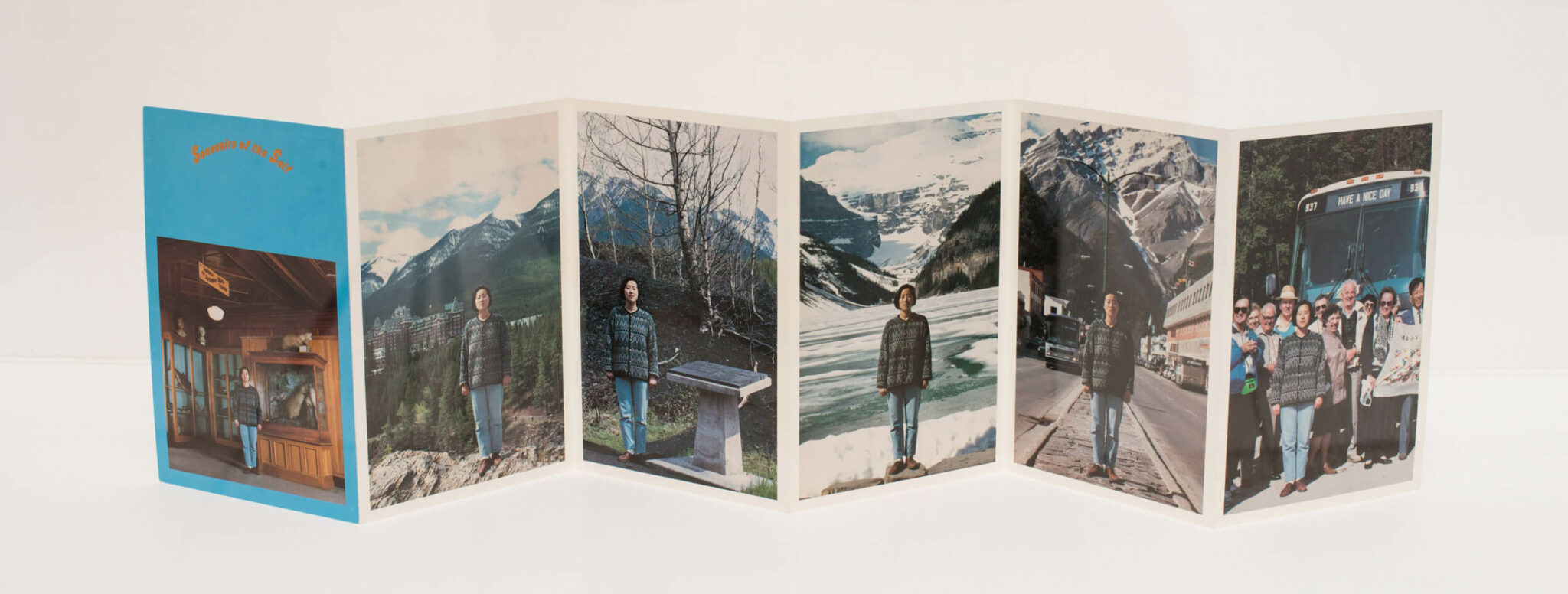
Jin-me Yoon, Installation view of Souvenirs of the Self (postcard project), 1991
Six perforated colour postcards, 15.2 x 10.1 cm each
Various collections
Nanaimo Art Gallery, 2017
Created when Jin-me Yoon was still a graduate student at Concordia, Souvenirs of the Self is the breakout work that established her as an important voice in Canadian art. The project is a set of six picture postcards that feature the artist posing alone at five tourist sites in Banff, Alberta: a vitrine at the Banff Park Museum, the Banff Springs Hotel, a memorial for Chinese railway labourers, Lake Louise, and Banff Avenue. The last postcard depicts Yoon in the same rigid, expressionless pose before a group of smiling white tourists, their tour bus, and the racialized Asian driver. The series plays upon the discomfort that Yoon’s and the driver’s racialized bodies insert into the depictions of Canada staged in these images for the tourist industry, which in the 1990s assumed a white-settler-colonial national identity. The dissonance is underscored by captions, each of which comprises two sentences: one an imperative that commands our attention to tropes of white Canadian settler-colonial mythologies, and the second a third-person description suggesting the perspective of the racialized Asian woman in the photographs.
The English words on the backs of the postcards (captions are in French and English) read as follows:
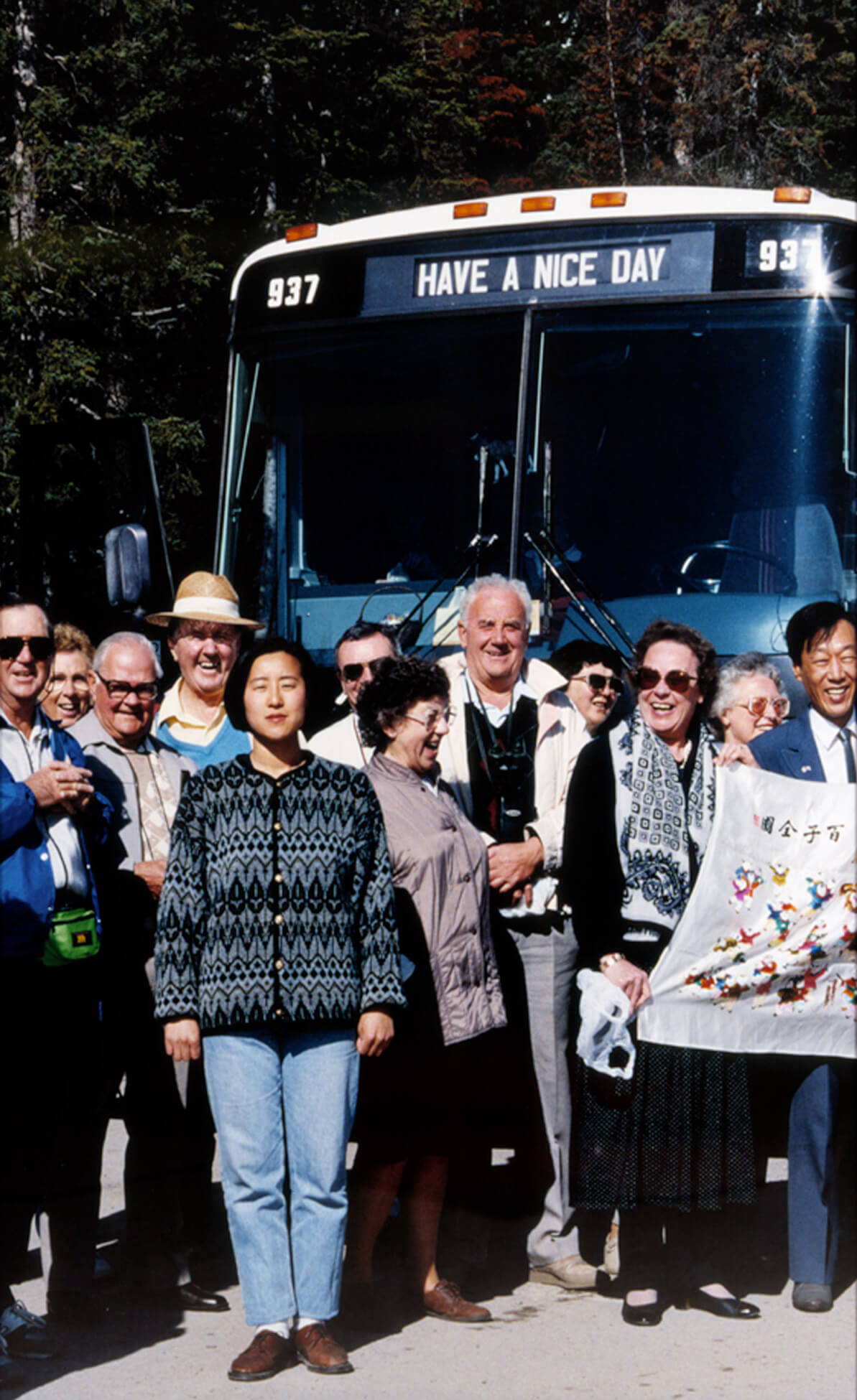
1) Banff Park Museum—Marvel over the impressive collection of Western Canada’s natural history museum. She looks with curiosity and imagines life beyond the rigid casings.
2) Banff Springs Hotel—Indulge in the European elegance and grandeur of days gone by. She remembers being told that tradition is something you can always count on.
3) Bankhead (1904–1922)—Explore the riches to rags drama of this historic coal mining town. She discovers that Chinese workers lived on the other side of the slack [i.e., slag] heaps.
4) Lake Louise—Feast your eyes on the picturesque beauty of this lake named to honour Princess Louise Caroline Alberta, daughter of Queen Victoria. She discovers the lake on a sunny day; before that she does not exist.
5) Banff Avenue—Banff has been charming visitors from around the world for over a hundred years. She has trouble finding that perfect souvenir for herself.
6) Rocky Mountain Bus Tour—Come and enjoy the great Canadian wilderness. As they parted she wished them all a safe journey home.
The first part of each pair of sentences naturalizes and, in some cases, glamorizes European settler-colonialism; the second challenges it. These playful sentences unravel the claims of objective representation made by museums, the tourist industry, and photography itself, prompting the viewer to ask: Who is Canadian? Whose land is this? Yoon puts the question this way: “Who is the rightful and naturalized national subject, especially given the ongoing history of colonization vis à vis the First Nations peoples?”
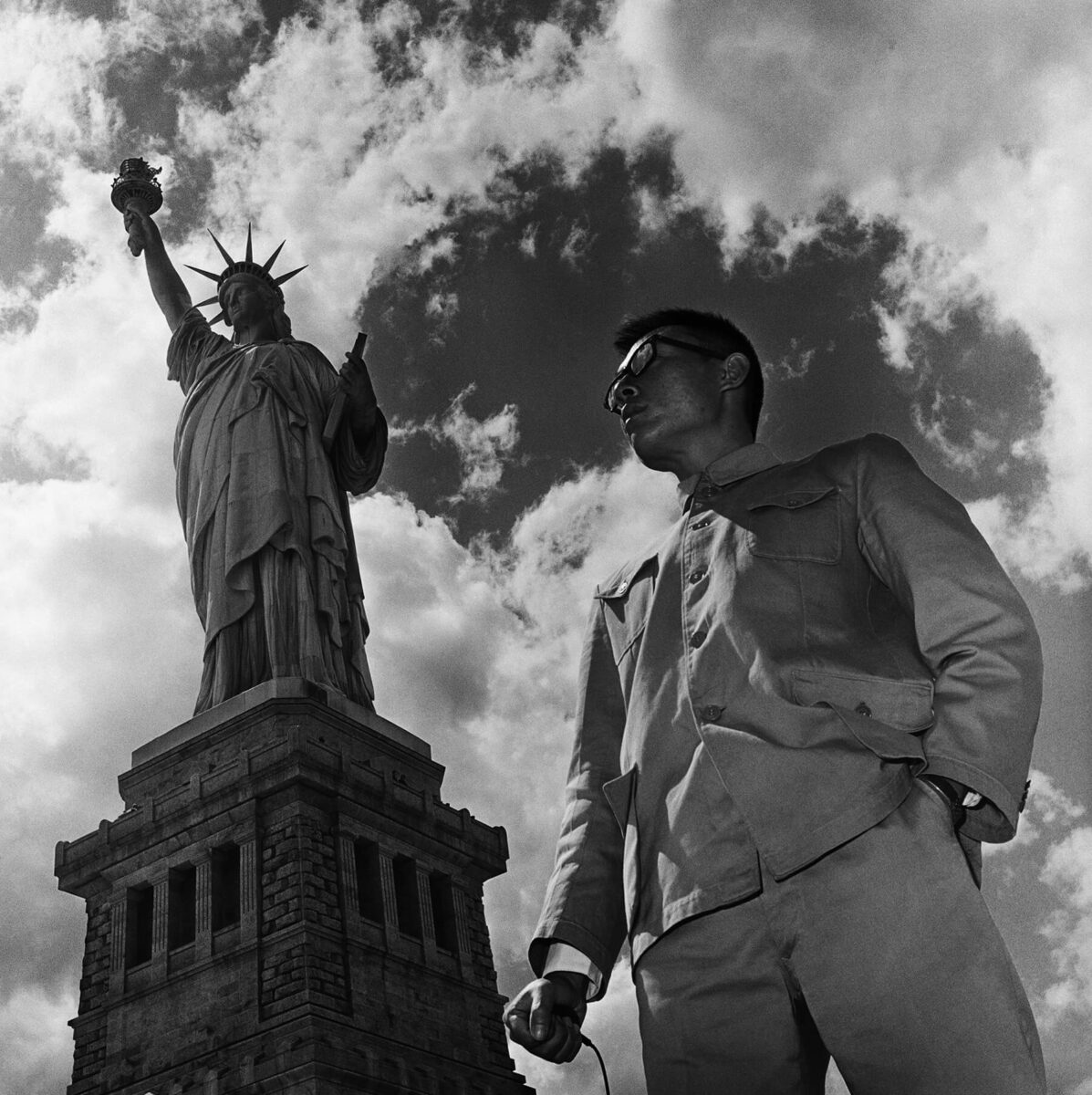
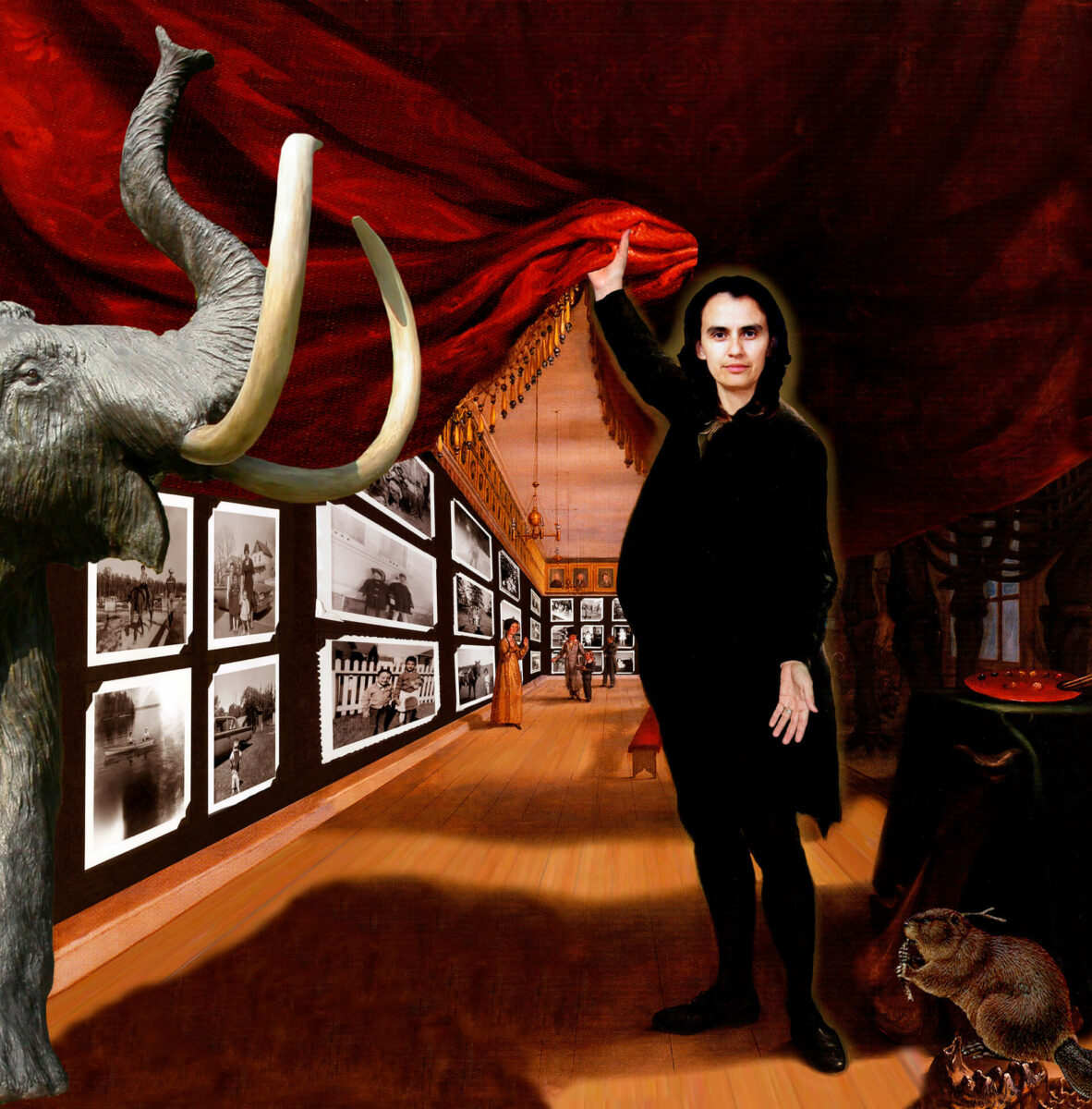
By posing as a postcard set and not necessarily announcing itself as art, the work disarms the spectator. In this way, it inserts itself into the public sphere in the spirit of non-commercial culture with the artist as public intellectual. This stance is very important to Yoon’s art, which has consistently thrust itself into the public sphere, and delved into socially engaged practices. In a typical move, Yoon employs strategies from Vancouver photo-conceptualism for political ends, here using staged and self-conscious poses and framings to interrogate the conditions of nationhood and belonging.
When she created Souvenirs of the Self, Yoon was interested in identity politics and Black British Art, as represented by works such as Artifact Piece, 1987/90, by James Luna (1950–2018), and Pastoral Interlude, 1987, by Ingrid Pollard (b.1953). The project also plays on the racialization and perceived otherness of tourist photographs explored in the East Meets West series, 1979–89, by Tseng Kwong Chi (1950–1990). More recently, it has resonated with works such as The Collector / The Artist in Her Museum, 2005, by Rosalie Favell (b.1958), and the Miss Canadiana series, 2002–ongoing, by Camille Turner (b.1960). It has been widely exhibited, and Yoon has also produced the photographs from the series in different physical formats.

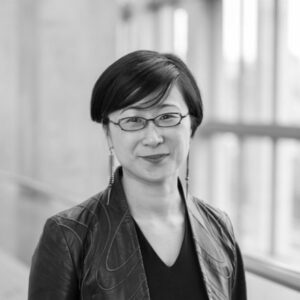 About the Author
About the Author
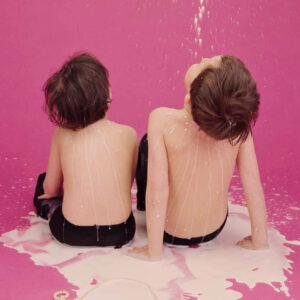 More Online Art Books
More Online Art Books
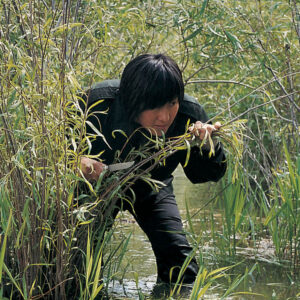 Acknowledgements
Acknowledgements